FLD-Automated Candy Deposite Production Line
Our candy deposite production line integrates precision engineering with food-grade manufacturing to deliver high-efficiency, hygienic candy mass production. The fully automated system features:
1. Continuous Deposite Process
- Molten candy mixture is precisely deposited into molds via computer-controlled casting heads, ensuring uniform shape and weight (±0.5g accuracy).
- Multi-zone temperature management maintains viscosity for smooth flow and sharp detail reproduction.
2. High-Capacity Design
- Modular design supports outputs up to 2,000 pieces/minute (standard configuration) with quick-change mold systems for diverse product shapes.
- Food-grade stainless steel construction complies with FDA/CE standards.
3. Integrated Cooling & Demolding
- Progressive cooling tunnels with humidity control crystallize candies at controlled rates to prevent cracking.
- Automated demolding via vibration-free ejection preserves intricate designs.
4. Smart Quality Control
- Machine vision systems perform real-time defect detection (air bubbles, misalignment) with 99.2% sorting accuracy.
- IoT-enabled monitoring tracks OEE (Overall Equipment Effectiveness) and predictive maintenance needs.
Applications: Hard candies, medicated lozenges, layered/composite confectionery. Customizable for sugar-free, vegan, or functional ingredient formulations.
---
Key terms emphasized: Deposite viscosity control, food-grade automation, high-throughput molding*
Would you like me to emphasize any specific technical aspects (e.g. energy efficiency, sanitation protocols) or include ROI metrics?
| Aspect | Deposite Jelly Machine | Manual Filling |
|---|---|---|
| Dosing Accuracy | Controlled | Varies by operator |
| Filling Speed | Steady | Slower |
| Labor Intensity | Lower | Higher |
| Mold Compatibility | Multiple formats supported | Limited |
| Cleaning Process | Semi-automatic | Manual and time-consuming |
| Product Appearance | Consistent | Inconsistent at times |
This comparison highlights where machine-assisted production may bring more stability and predictability to the process.
Industry Trends and Future Use
The growing demand for functional confectionery—such as gummies with added nutrients—is shaping how machines like this are used. Recent developments in the industry include:
- Starch-free production: An alternative to traditional mogul lines, reducing process complexity and supporting easier cleaning.
- Compact models: Smaller equipment designed for test batches or low-volume production.
- User interface upgrades: Many machines now include touchscreens and programmable settings for flexible operation.
These changes reflect a shift in production preferences and an interest in more efficient and adaptable systems.
A Deposite Jelly Machine offers several benefits to manufacturers, from improving production speed to ensuring consistent quality and minimizing waste. It is a valuable investment for those looking to optimize their jelly or gummy production processes, offering both flexibility and reliability without the need for excessive manual labor. With the increasing demand for functional confectionery products, these machines are set to become even more integral to the industry.


 ENG
ENG
 English
English 中文简体
中文简体 русский
русский Français
Français Español
Español عربى
عربى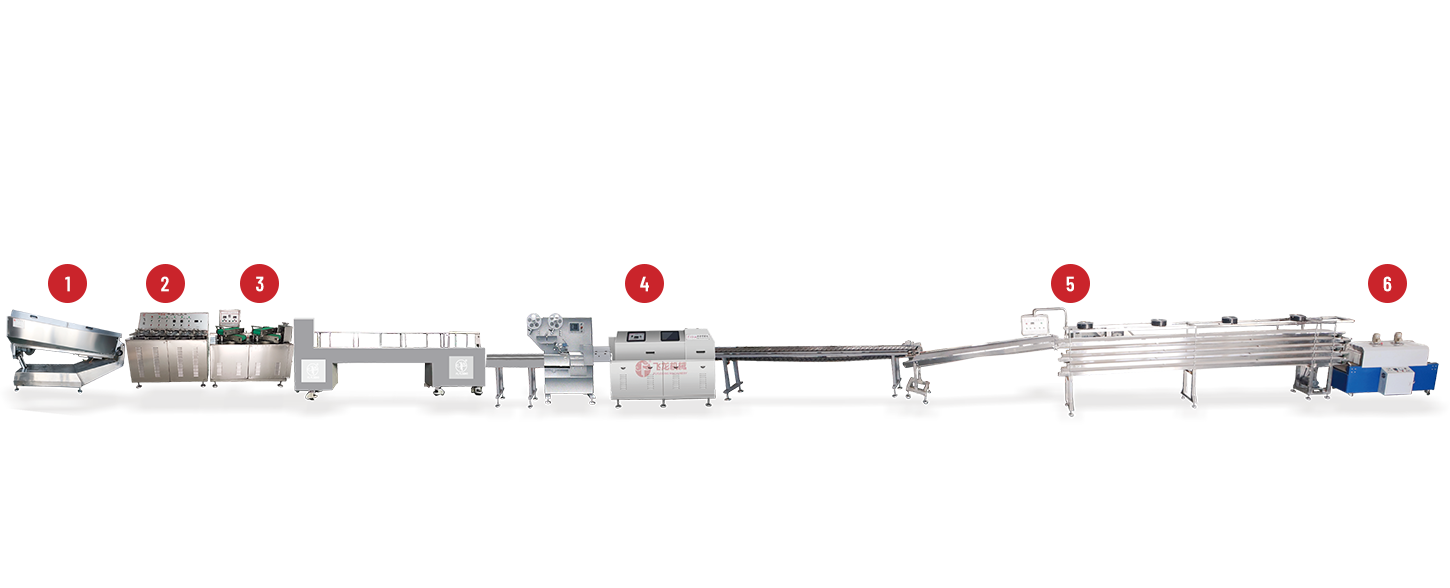
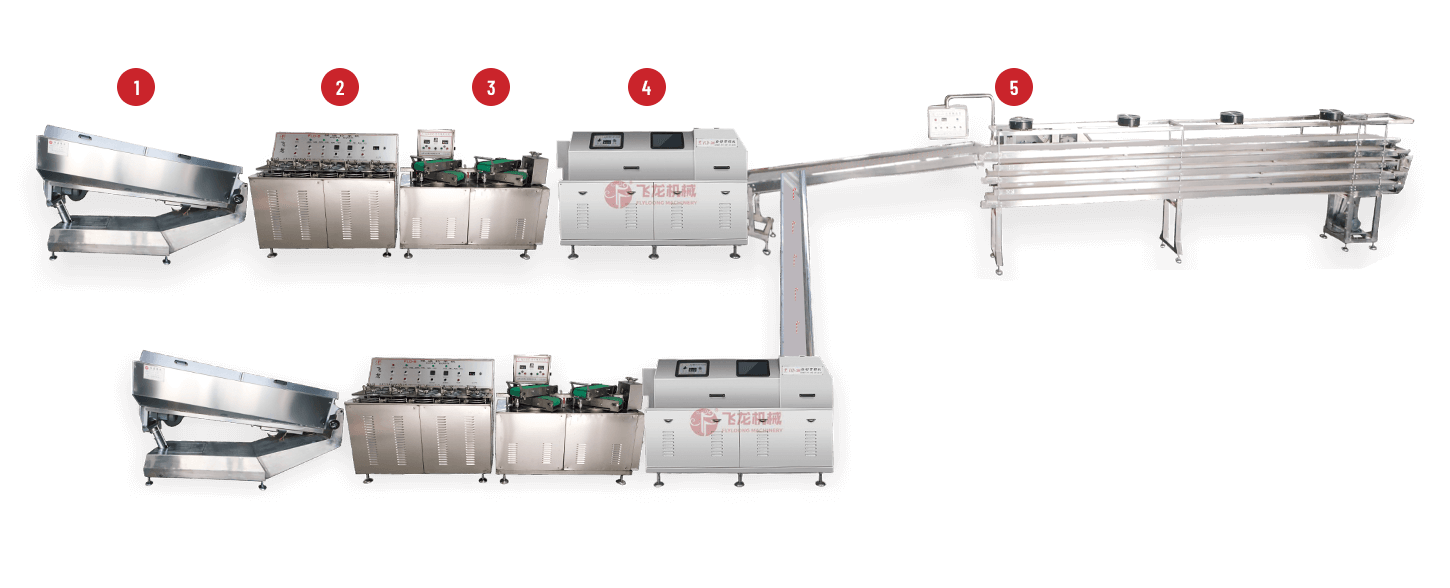

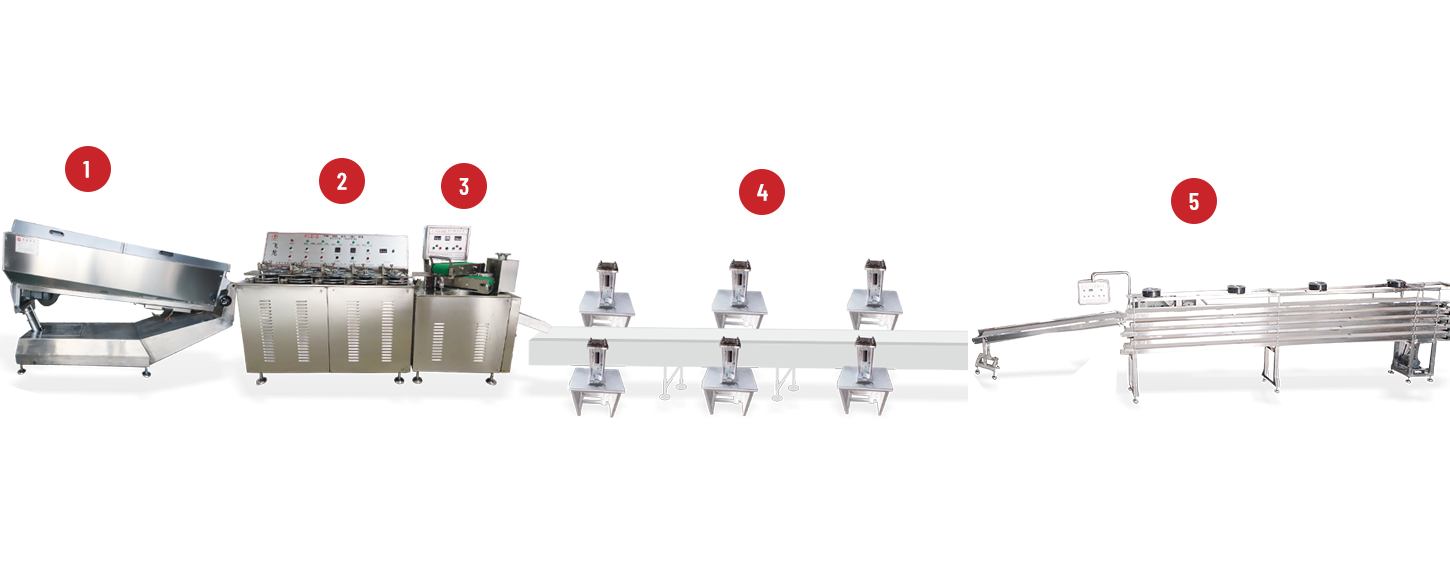
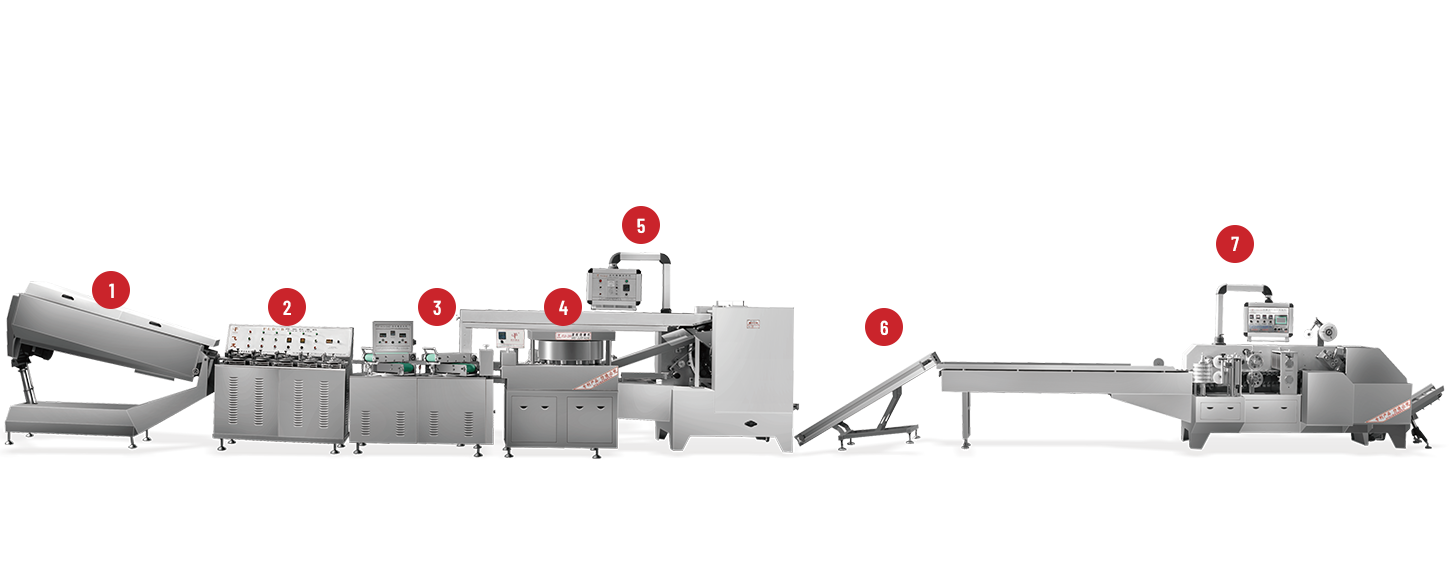
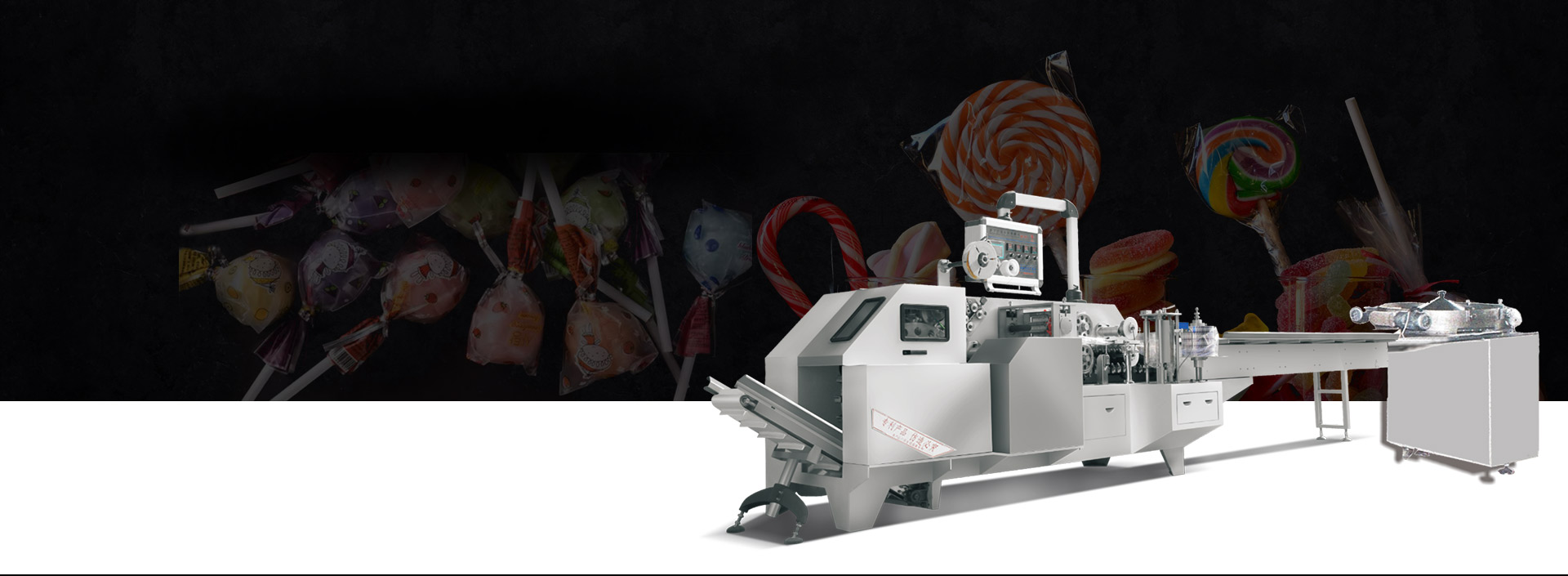
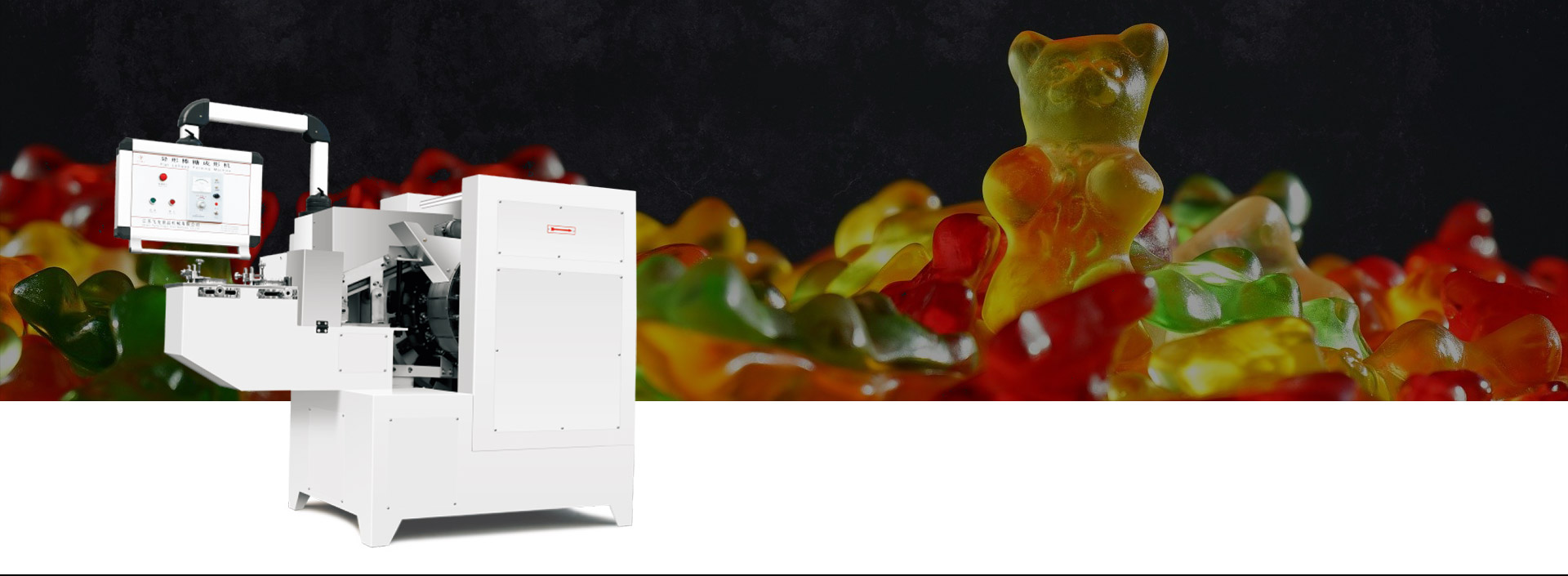
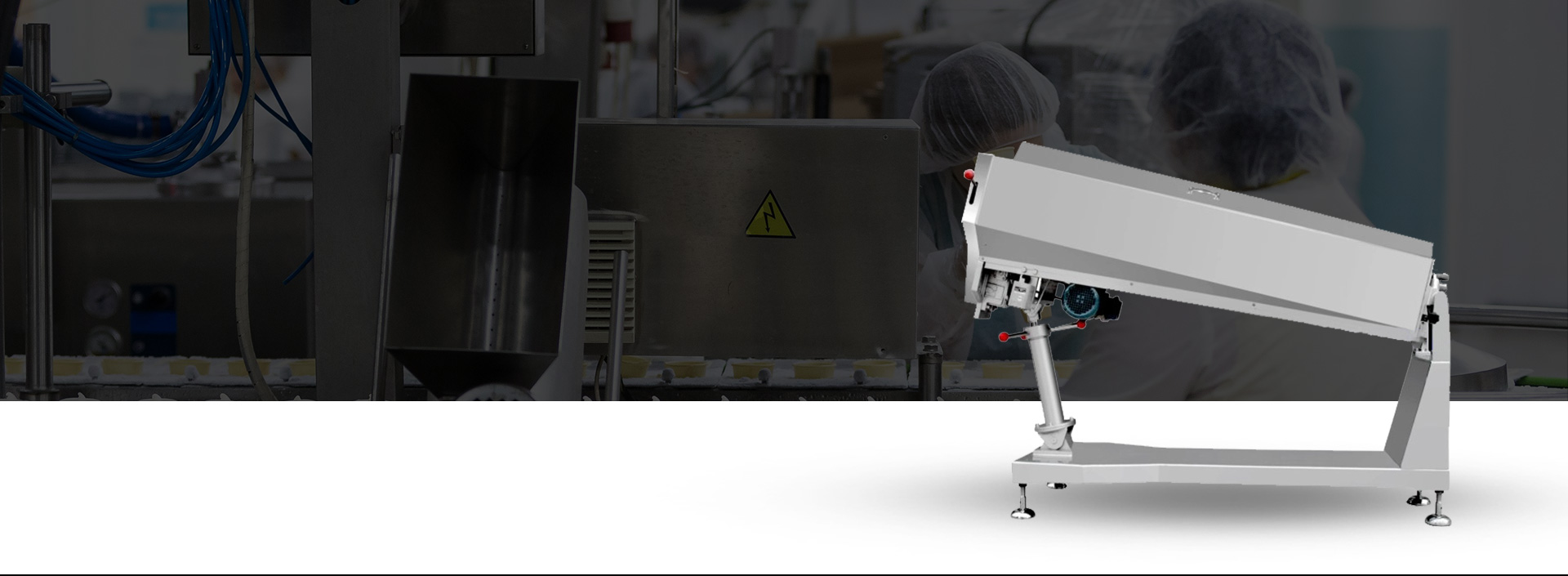
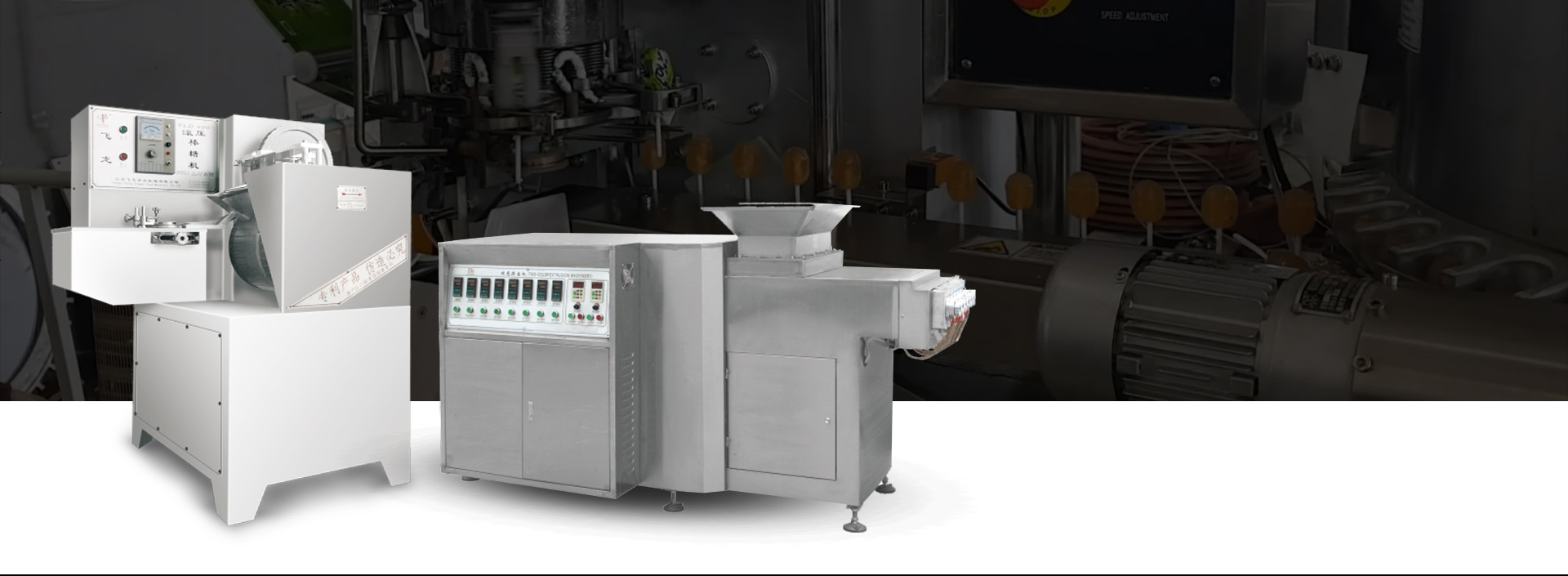
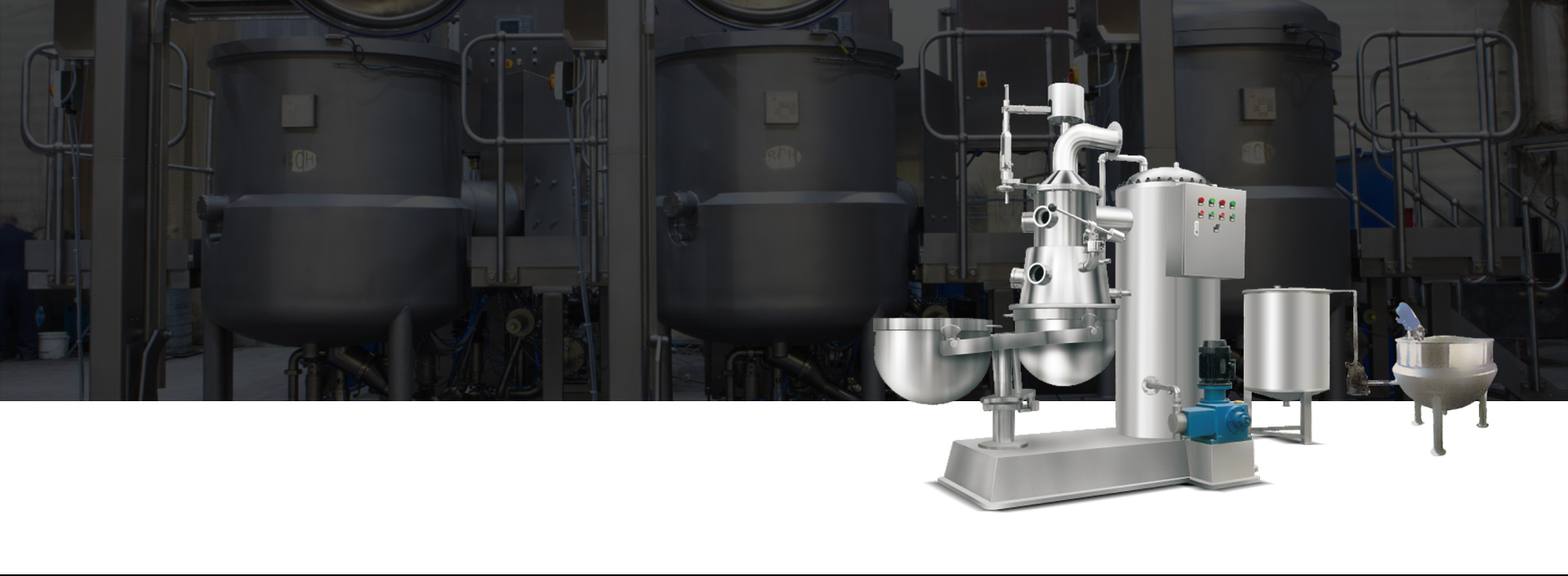

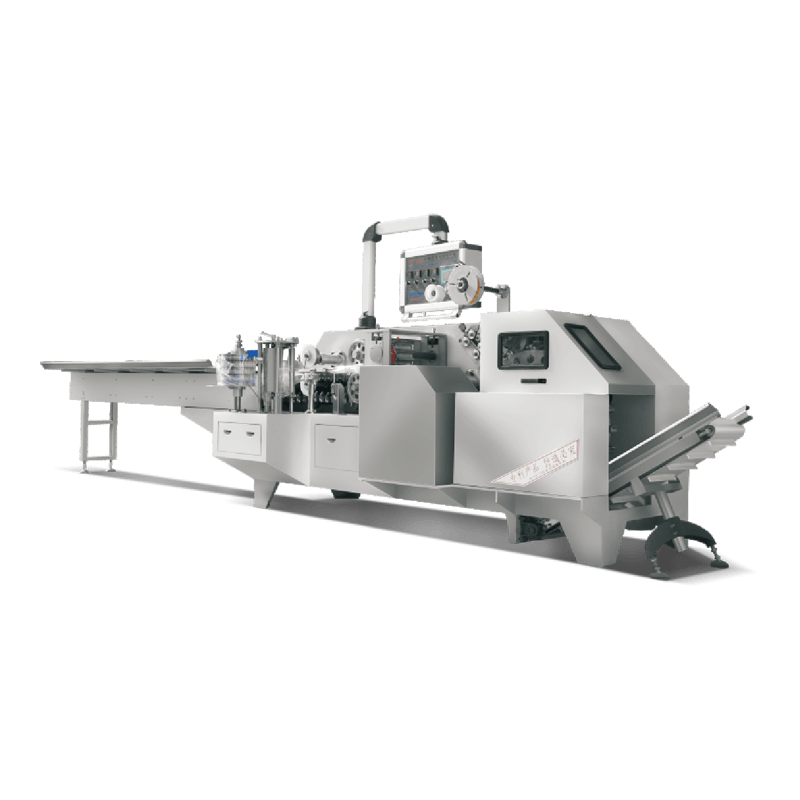
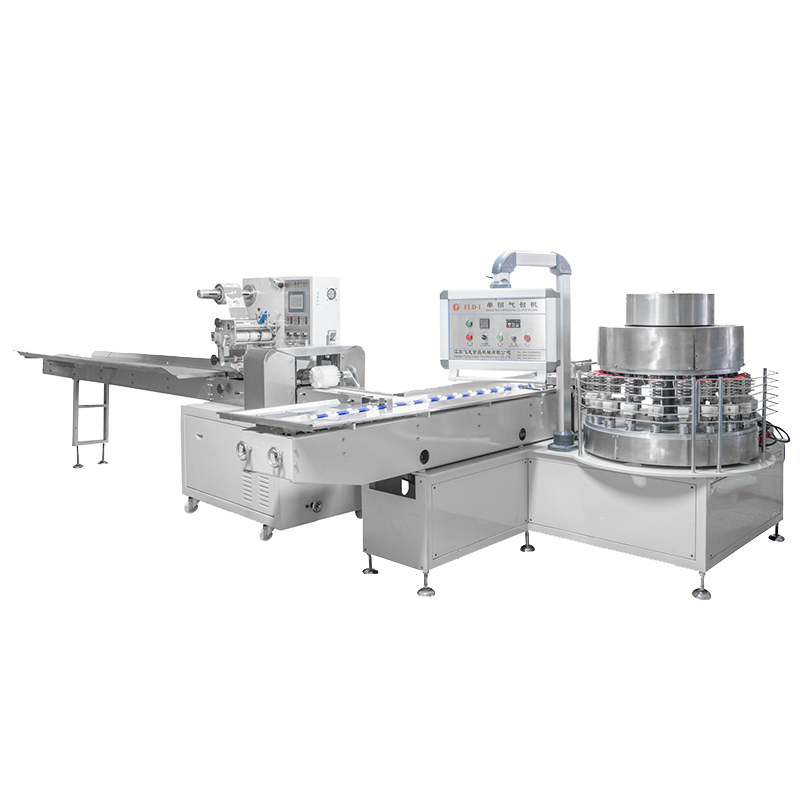
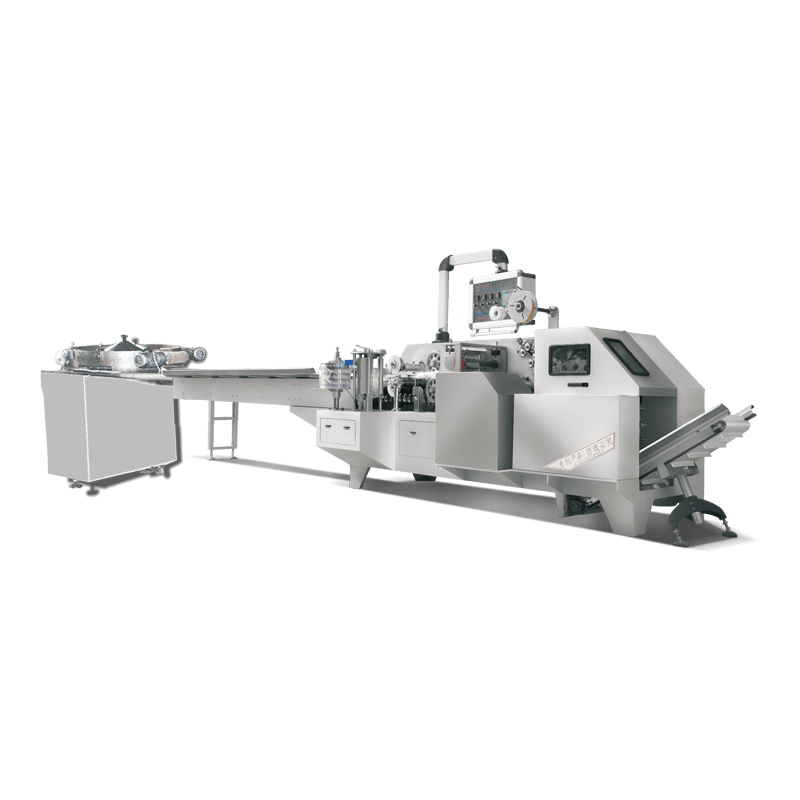
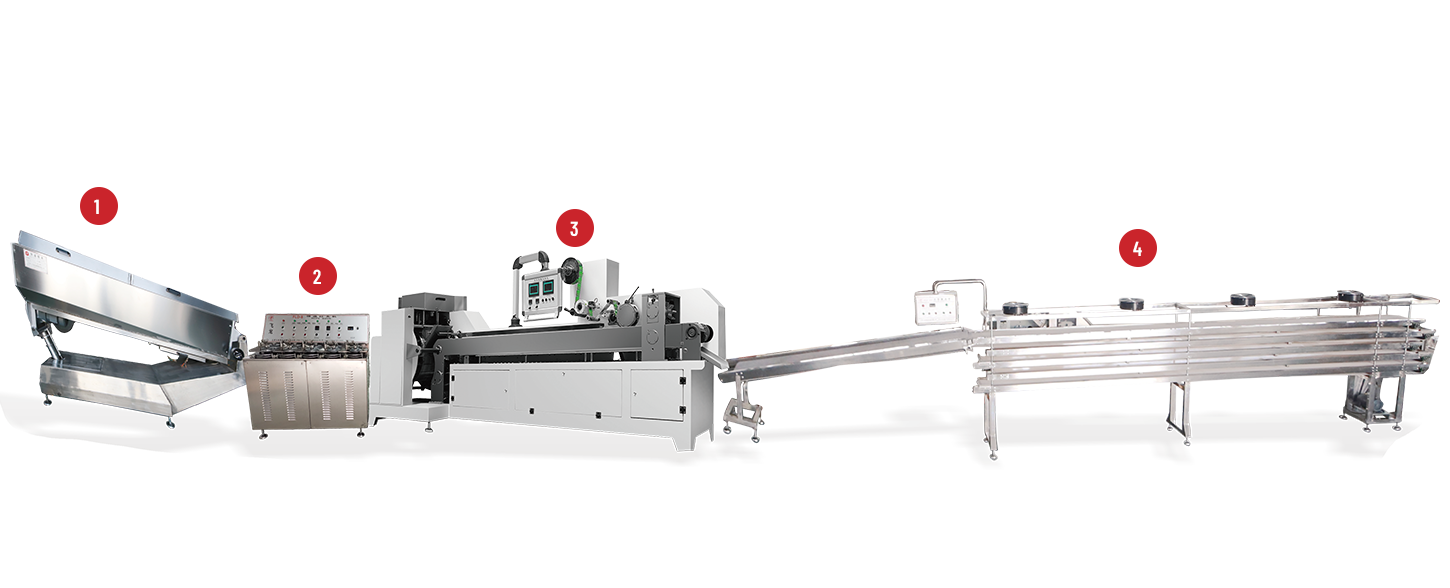
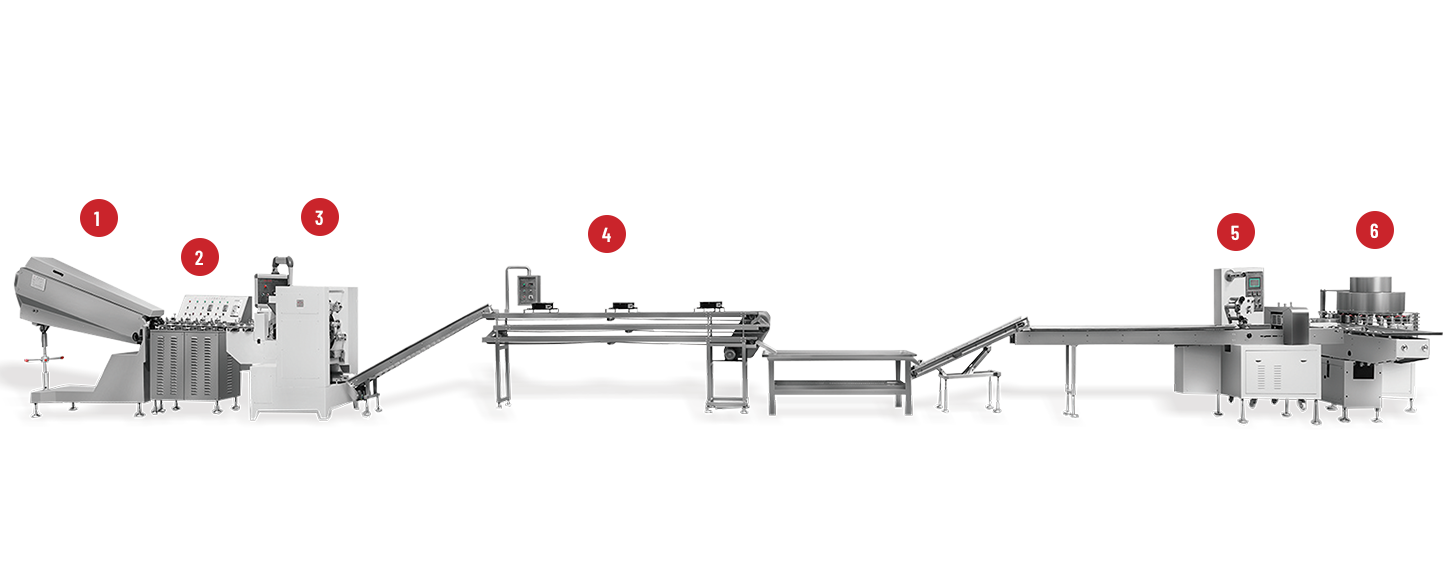
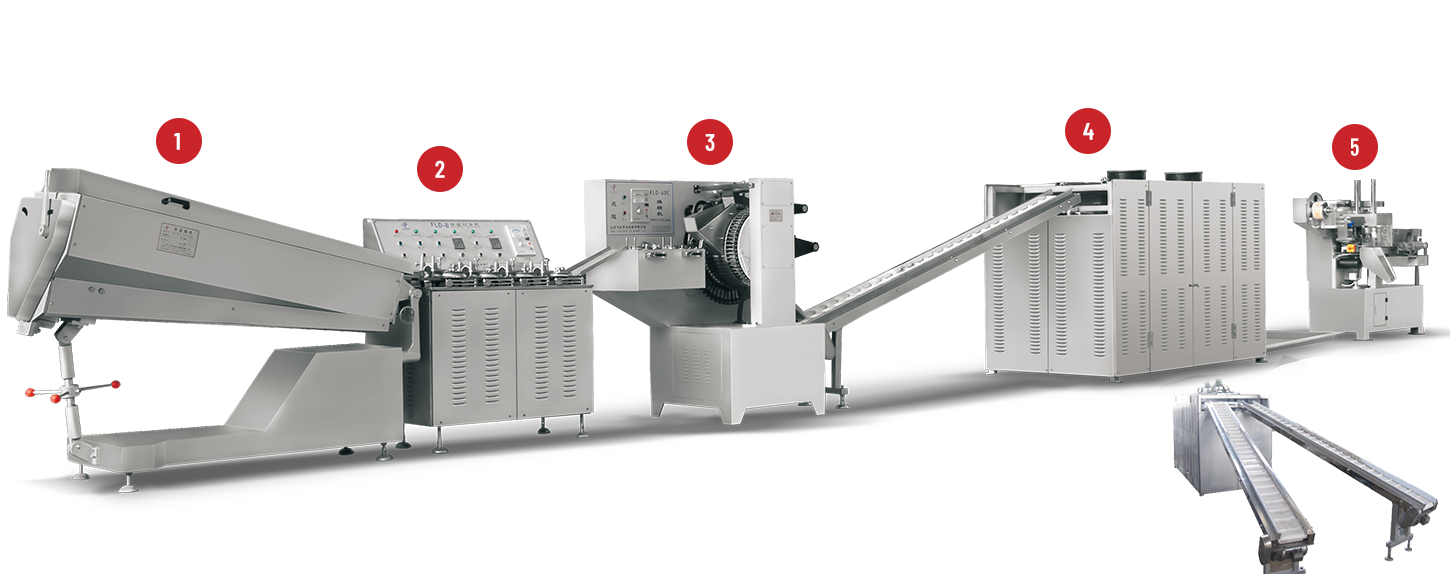
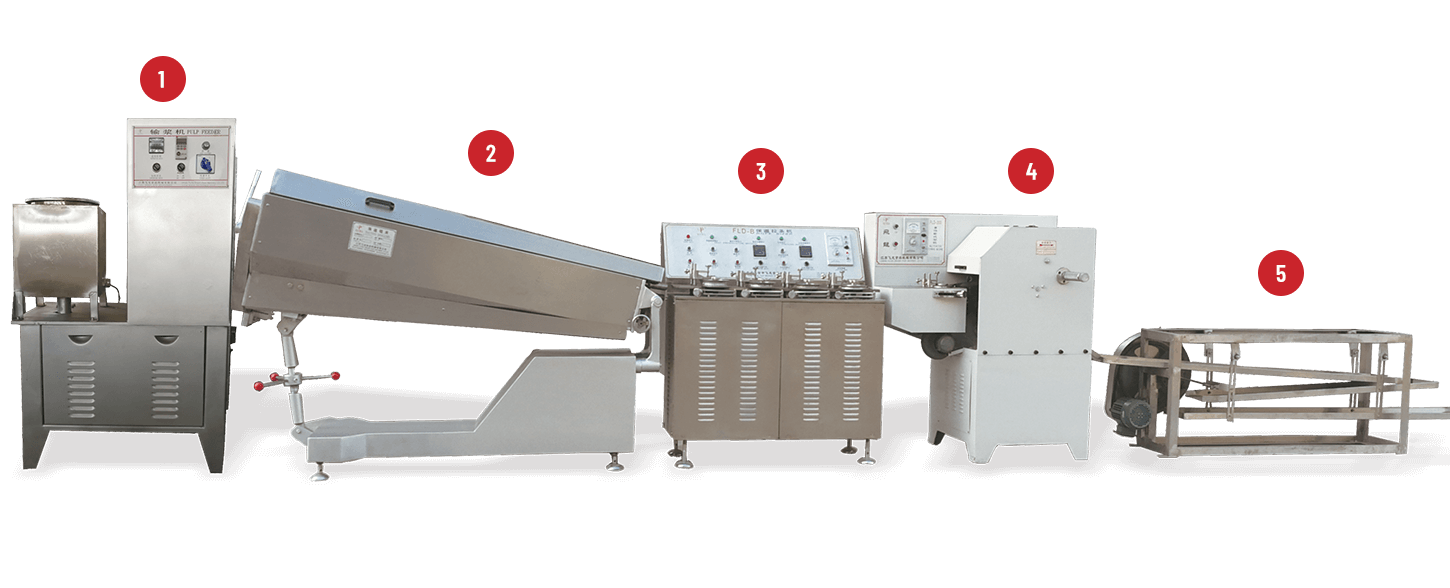
 +86-(0)515-8465666
+86-(0)515-8465666 +86-(0)515-85566996
+86-(0)515-85566996 +86-138 1559 9708
+86-138 1559 9708 flyloong@flyloongcn.com
flyloong@flyloongcn.com 
 Home
Home